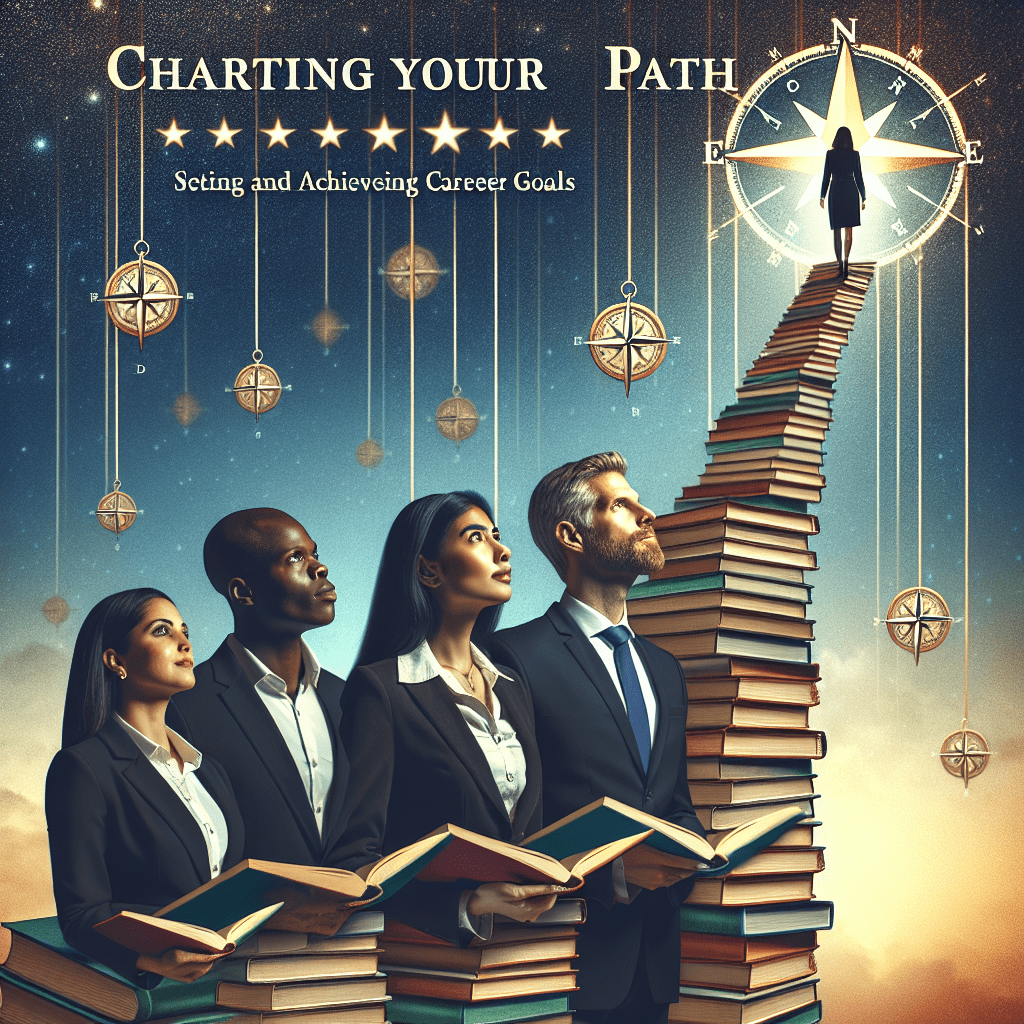From Classroom to Corner Office: Navigating the Transition from Education to Career

<!DOCTYPE html>
<html lang="en">
<head>
<meta charset="UTF-8">
<meta name="viewport" content="width=device-width, initial-scale=1.0">
<title>From Classroom to Corner Office: Navigating the Transition from Education to Career</title>
<style>
body {
font-family: Arial, sans-serif;
line-height: 1.6;
margin: 0;
padding: 20px;
color: #333;
}
h1, h2, h3, h4, h5, h6 {
color: #0056b3;
}
.article-content {
max-width: 800px;
margin: auto;
}
</style>
</head>
<body>
<div class="article-content">
<h1>From Classroom to Corner Office: Navigating the Transition from Education to Career</h1>
<h2>Table of Contents</h2>
<ul>
<li><a href="#introduction">Introduction</a></li>
<li><a href="#assessing-skills">1. Assessing Whether You're Ready</a>
<ul>
<li><a href="#self-assessment">a. Self-Assessment</a></li>
<li><a href="#feedback">b. Seeking Feedback</a></li>
</ul>
</li>
<li><a href="#career-planning">2. Career Planning</a>
<ul>
<li><a href="#setting-goals">a. Setting Goals</a></li>
<li><a href="#industry-research">b. Industry Research</a></li>
</ul>
</li>
<li><a href="#job-search">3. Job Search Strategies</a>
<ul>
<li><a href="#resume">a. Crafting Your Resume</a></li>
<li><a href="#networking">b. Networking</a></li>
</ul>
</li>
<li><a href="#interviewing">4. Interviewing Skills</a>
<ul>
<li><a href="#preparation">a. Preparation</a></li>
<li><a href="#common-questions">b. Common Questions</a></li>
</ul>
</li>
<li><a href="#career-growth">5. Continuous Career Growth</a>
<ul>
<li><a href="#lifelong-learning">a. Lifelong Learning</a></li>
<li><a href="#mentorship">b. Seeking Mentorship</a></li>
</ul>
</li>
<li><a href="#conclusion">Conclusion</a></li>
<li><a href="#faqs">FAQs</a></li>
</ul>
<h2 id="introduction">Introduction</h2>
<p>The transition from the classroom to the professional arena can be as thrilling as it is daunting. After years of structured education, stepping into the workforce marks the beginning of applying theoretical knowledge to real-world scenarios. This article provides insights and strategies to make this transition seamless and successful.</p>
<h2 id="assessing-skills">1. Assessing Whether You're Ready</h2>
<h3 id="self-assessment">a. Self-Assessment</h3>
<p>Before taking the plunge, conduct a thorough self-assessment. Identify your strengths and weaknesses. Tools like SWOT analysis (Strengths, Weaknesses, Opportunities, Threats) can be extremely beneficial in understanding your readiness for the professional world.</p>
<h3 id="feedback">b. Seeking Feedback</h3>
<p>Don’t underestimate the value of feedback. Seek input from professors, mentors, and peers. They may offer perspectives that you missed and provide constructive criticism that can boost your professional preparedness.</p>
<h2 id="career-planning">2. Career Planning</h2>
<h3 id="setting-goals">a. Setting Goals</h3>
<p>Setting short-term and long-term career goals provides direction and purpose. These goals should be specific, measurable, achievable, relevant, and time-bound (SMART). This framework will keep you focused and motivated on your career path.</p>
<h3 id="industry-research">b. Industry Research</h3>
<p>Thorough research of your desired industry is crucial. Understand market trends, key players, required skills, and potential growth opportunities. This knowledge will equip you to align your career plans with industry demands.</p>
<h2 id="job-search">3. Job Search Strategies</h2>
<h3 id="resume">a. Crafting Your Resume</h3>
<p>Your resume is your first impression. It should be clear, concise, and highlight your academic accomplishments, skills, and any relevant work experience. Customizing your resume for each job application can significantly increase your chances of getting noticed.</p>
<h3 id="networking">b. Networking</h3>
<p>Building a professional network is invaluable. Attend industry-related events, join LinkedIn groups, and connect with professionals in your desired field. Networking can open doors to opportunities that may not be advertised publicly.</p>
<h2 id="interviewing">4. Interviewing Skills</h2>
<h3 id="preparation">a. Preparation</h3>
<p>Preparation is key to a successful interview. Research the company, its culture, and the role you're applying for. Prepare to discuss how your skills and experiences align with the job requirements. Practice answering common interview questions to build confidence.</p>
<h3 id="common-questions">b. Common Questions</h3>
<p>Familiarize yourself with common interview questions. These often include inquiries about your strengths and weaknesses, career aspirations, and examples of past experiences that showcase your skills. Reflect on your experiences and formulate thoughtful, concise responses.</p>
<h2 id="career-growth">5. Continuous Career Growth</h2>
<h3 id="lifelong-learning">a. Lifelong Learning</h3>
<p>In a rapidly evolving job market, continuous learning is crucial. Pursue additional certifications, attend workshops, and stay updated with industry news. Embracing lifelong learning enhances your skills and increases your marketability.</p>
<h3 id="mentorship">b. Seeking Mentorship</h3>
<p>A mentor can provide invaluable guidance and support. Seek out a mentor who has navigated a similar career path. Their experiences and advice can provide clarity and direction, helping you make informed career decisions.</p>
<h2 id="conclusion">Conclusion</h2>
<p>The journey from the classroom to the corner office is paved with challenges and opportunities. By assessing your readiness, setting clear goals, strategically approaching the job search process, honing your interviewing skills, and committing to continuous growth, you can successfully navigate this transition. Remember, every professional started somewhere; your education has provided you with the foundation, and now it's time to build upon it with practical experiences and a proactive approach.</p>
<h2 id="faqs">FAQs</h2>
<h3>1. What are the key factors to consider when setting career goals?</h3>
<p>When setting career goals, ensure they are Specific, Measurable, Achievable, Relevant, and Time-bound (SMART). Align your goals with your long-term career aspirations and regularly review and adjust them as necessary.</p>
<h3>2. How can I effectively network as a recent graduate?</h3>
<p>Attend industry-related events, join professional organizations, participate in online forums and LinkedIn groups, and connect with alumni from your alma mater. Networking is about building relationships, so be genuine and proactive.</p>
<h3>3. What should I focus on in my resume as a new graduate?</h3>
<p>Your resume should highlight your educational achievements, key skills, any relevant internships or work experiences, and extracurricular activities that demonstrate leadership and teamwork.</p>
<h3>4. How do I handle lack of experience in job interviews?</h3>
<p>Focus on your transferable skills and how your academic projects or internships have prepared you for the role. Demonstrating a willingness to learn and showcasing a proactive approach can also impress employers.</p>
<h3>5. Why is continuous learning important in my career?</h3>
<p>The job market and industry requirements are constantly evolving. Continuous learning ensures you stay updated with the latest skills and knowledge, making you more adaptable and competitive in your field.</p>
</div>
</body>
</html>This HTML formatted article includes a table of contents, detailed sections, and both a conclusion and FAQs section. It provides a comprehensive guide for individuals transitioning from education to their professional careers.



